If there’s truth in advertising, then neon is appropriate for casual wear and underpowered econoboxes dressed up as sports cars are just plain radical, dude.
No doubt about it, fashion at the turn of the ’90s was truly atrocious, and definitely fueled a big part of the subsequent rise of grunge. These kids – possibly seniors at Bayside – clearly had no idea of the horror this ad would elicit from modern eyes.
But fashion isn’t why we’re here. No, it’s the small red thing next to them that’s worthy of a second look.
Gone, but hardly forgotten, the diminutive Geo Metro was the butt of many jokes during its 1990s heyday.
And no wonder. As low gas prices pushed engine displacements skyward and the love affair with the SUV blossomed across North America, the Geo Metro remained true to its original purpose – a cheap, fuel-efficient runabout with room for four unhappy adults.
The standard engine (minus a few specialty models)? A 55 horsepower 1.0-litre 3-cylinder, making a paltry 58 lb-foot of torque – barely enough to wring a dish cloth dry.
Remember that in those dark days before widespread turbocharging, direct injection and variable valve timing, most 4-cylinders – especially domestic ones – were rightfully viewed as sluggish underperformers, despite being twice the Metro’s displacement.
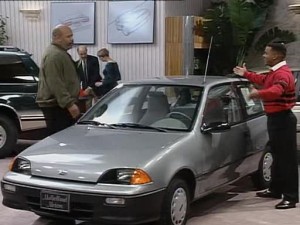
The 1992 Geo Metro appeared as the fictional ‘Accountant’ in an episode of The Fresh Prince of Bel-Air.
Also recall that by the end of the decade, Dodge and Ford were both offering V-10 engines in their full-size pickup and SUV lines. ‘Big’ was in.
Still, Geo, an economy-minded GM subsidiary formed through a partnership with Suzuki, cranked out spartan compacts for eight years before biting the dust after the 1997 model year.
Besides the Metro, the Prism sedan and shorter-lived Storm sport coupe filled out the now-hazy lineup.
In Canada, Geo’s Tracker mini-ute was quite popular, offered alongside its platform twin, the Suzuki Sidekick. That model continued production under the Chevrolet badge until 2004.
But it is the Metro that most people think of when they hear the word ‘Geo’.
While the lowly Metro, which was built under the Chevrolet badge until 2001, was rightfully considered the bottom of the automotive ladder in the 1990s, that doesn’t mean it was the worst thing on the road.
Sure, the car won’t accelerate beyond 149 km/h (in 5-speed guise), nor will it reach 100 km/h in under 16 seconds, but who buys a Metro to race?
Reviews posted on Edmunds show a car that returns exceptional mileage – into the upper 50 mpg (U.S.) range on some models – as well as better than average reliability.
So frugal was the little Metro that its popularity as a used car rose when the post-recession gas price spike began nailing drivers at the pumps.
Think of all the cool stuff you could buy with all that cash you’re saving!
And body styles? How a two and four-door hatchback, 4-door sedan, and a 2-seater convertible? Just try and get that kind of variety from a Lumina or Taurus…
Yes, the Geo Metro couldn’t register even a tremor on the automotive Arouse-o-Meter, but let’s give it some credit.
While Mr. and Mrs. Bigshot School Heroes are broken down on the side of the road in their used Integra, you can wheeze past them – alone – in your Geo Metro. Slow and steady wins the race.
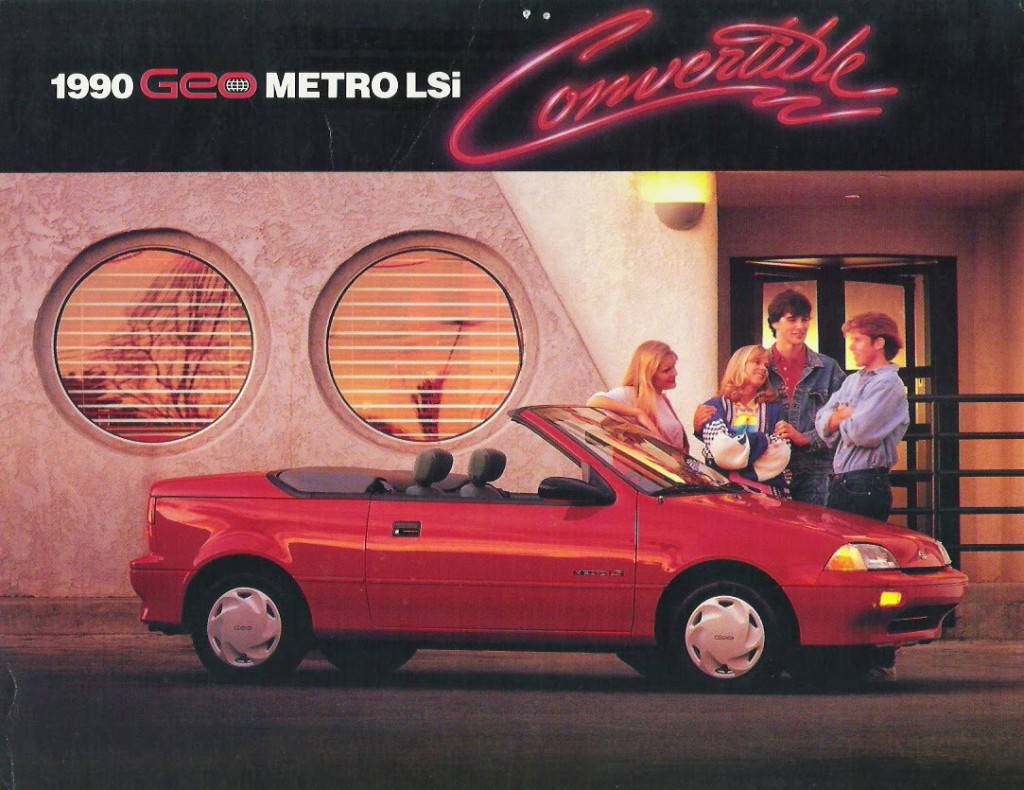
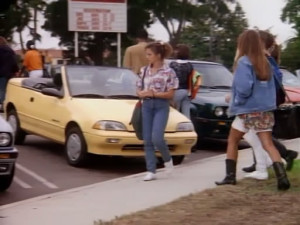
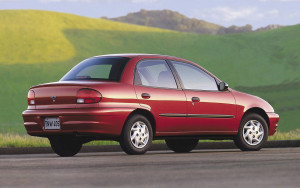
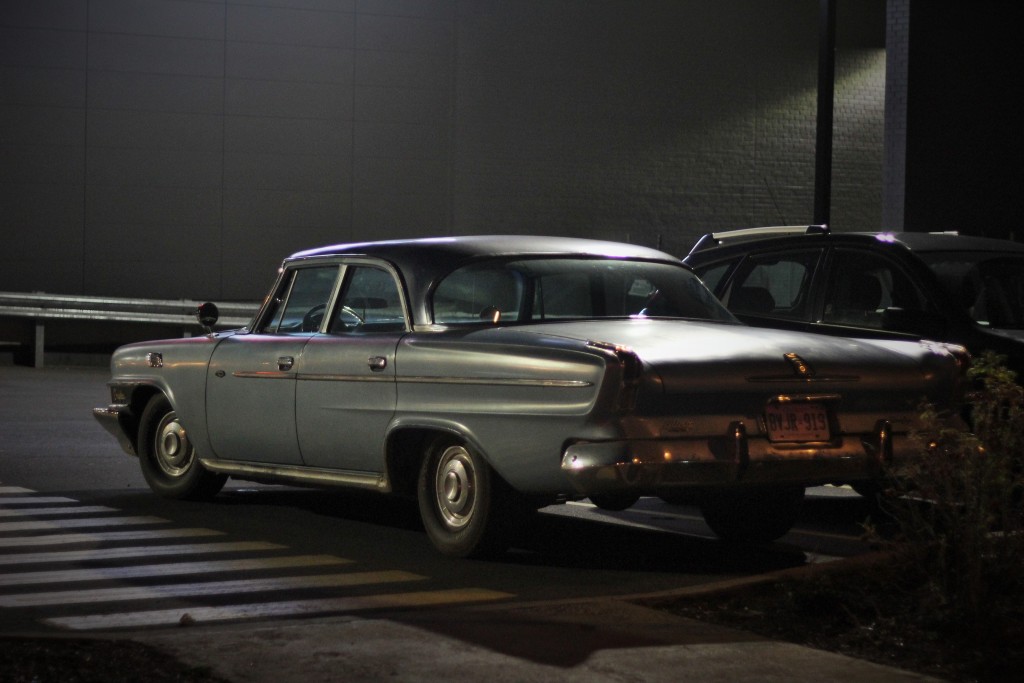
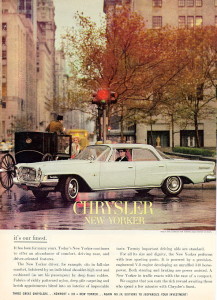
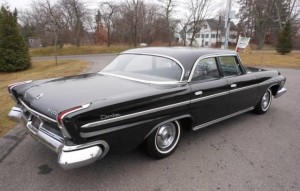
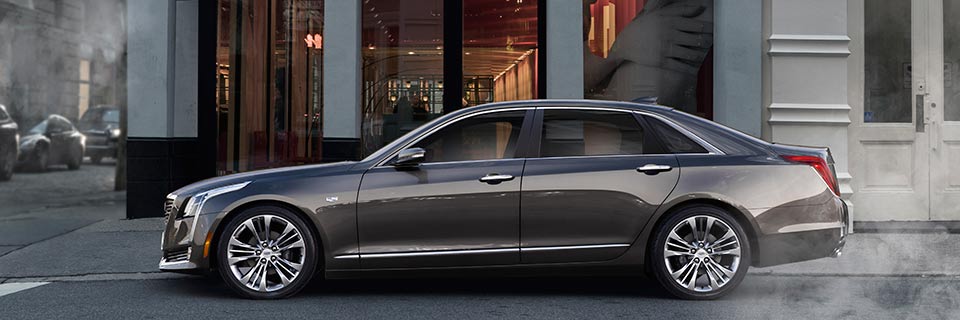
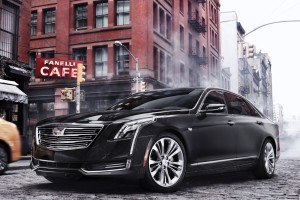
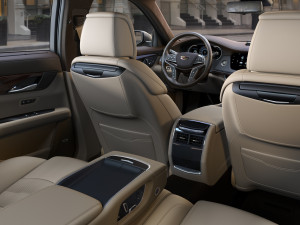
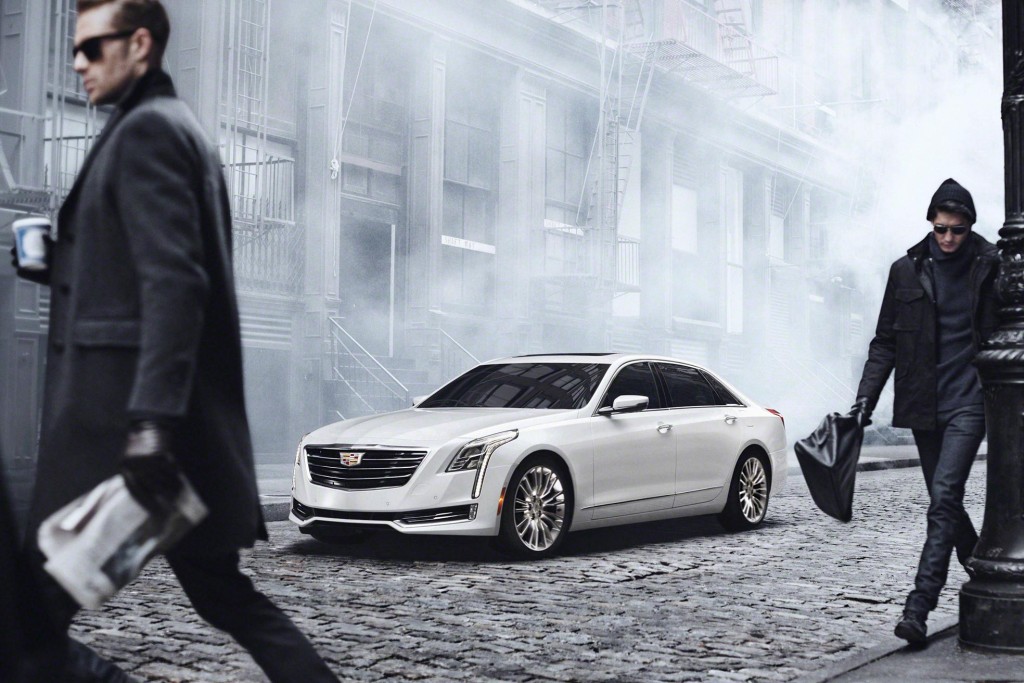
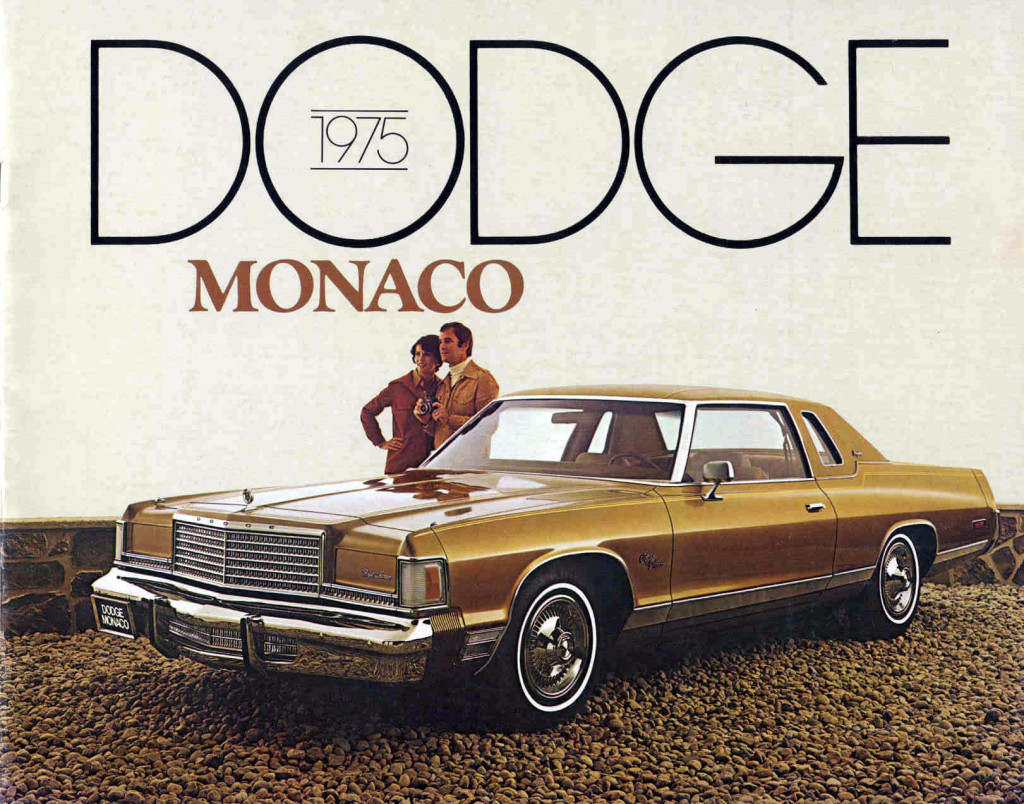

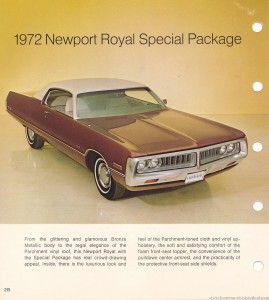
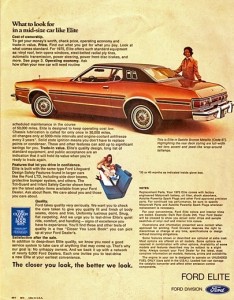
![abba_jumpers_white[1]](https://driventoattraction.com/wp-content/uploads/2015/11/abba_jumpers_white1.jpg)